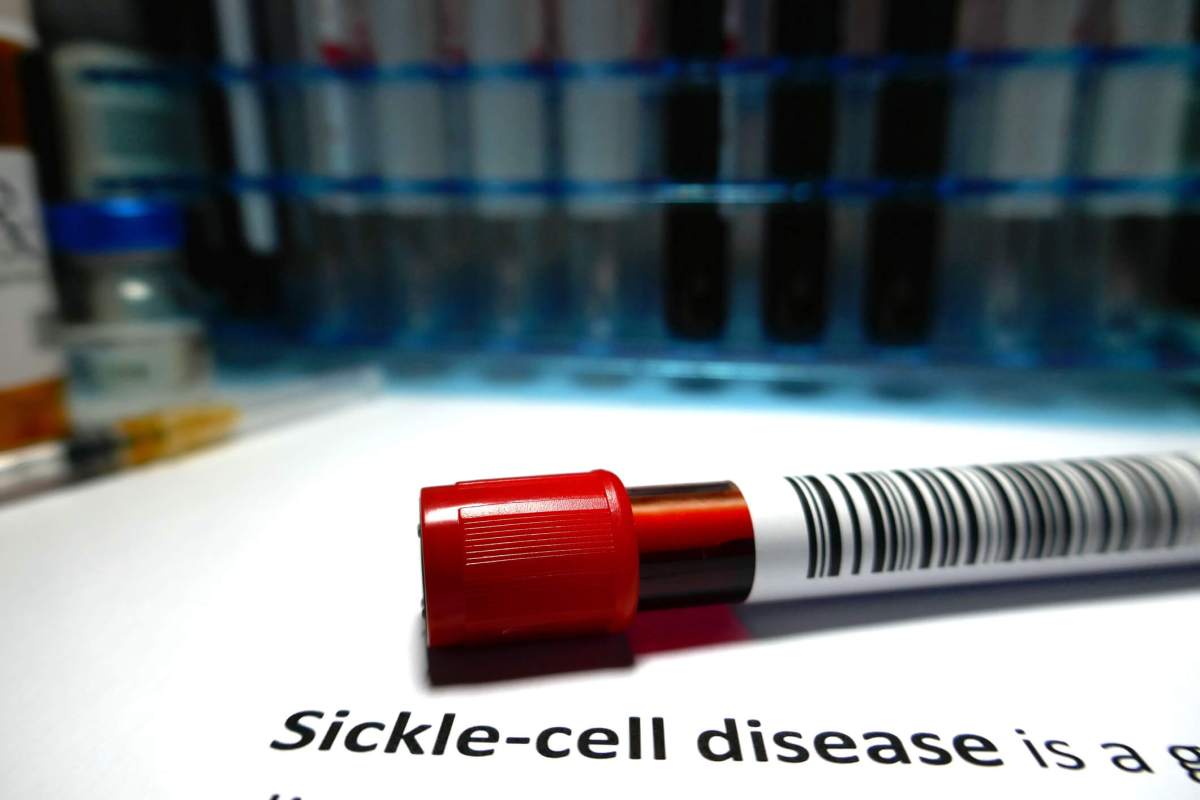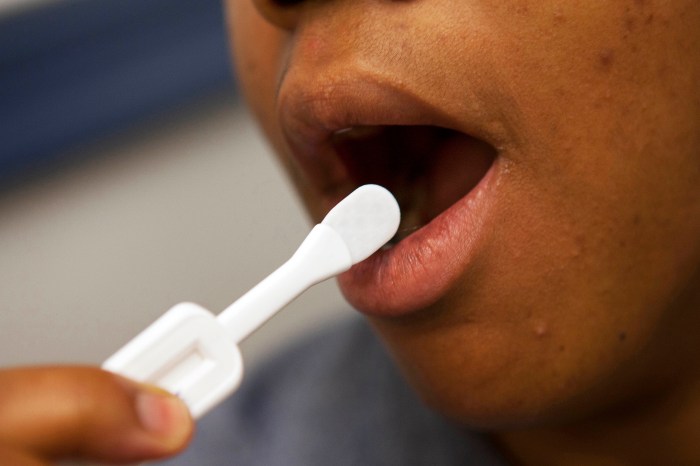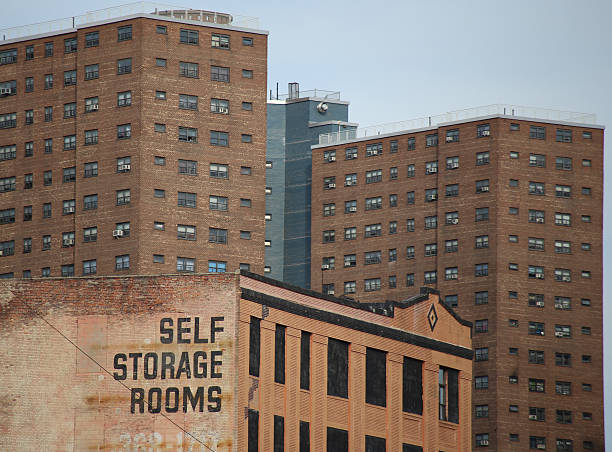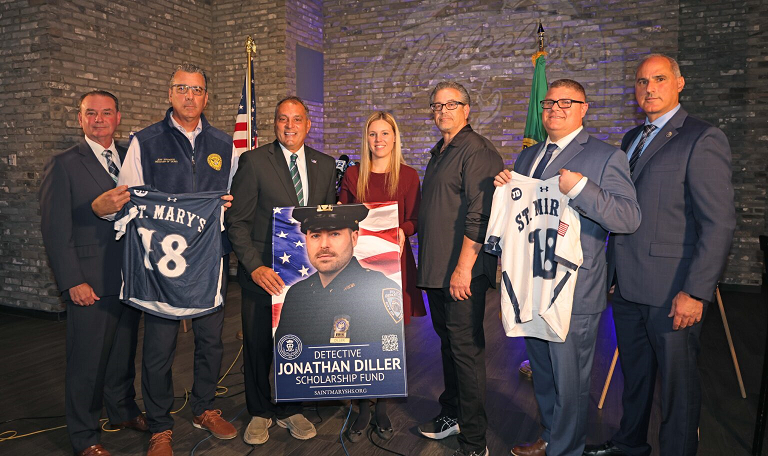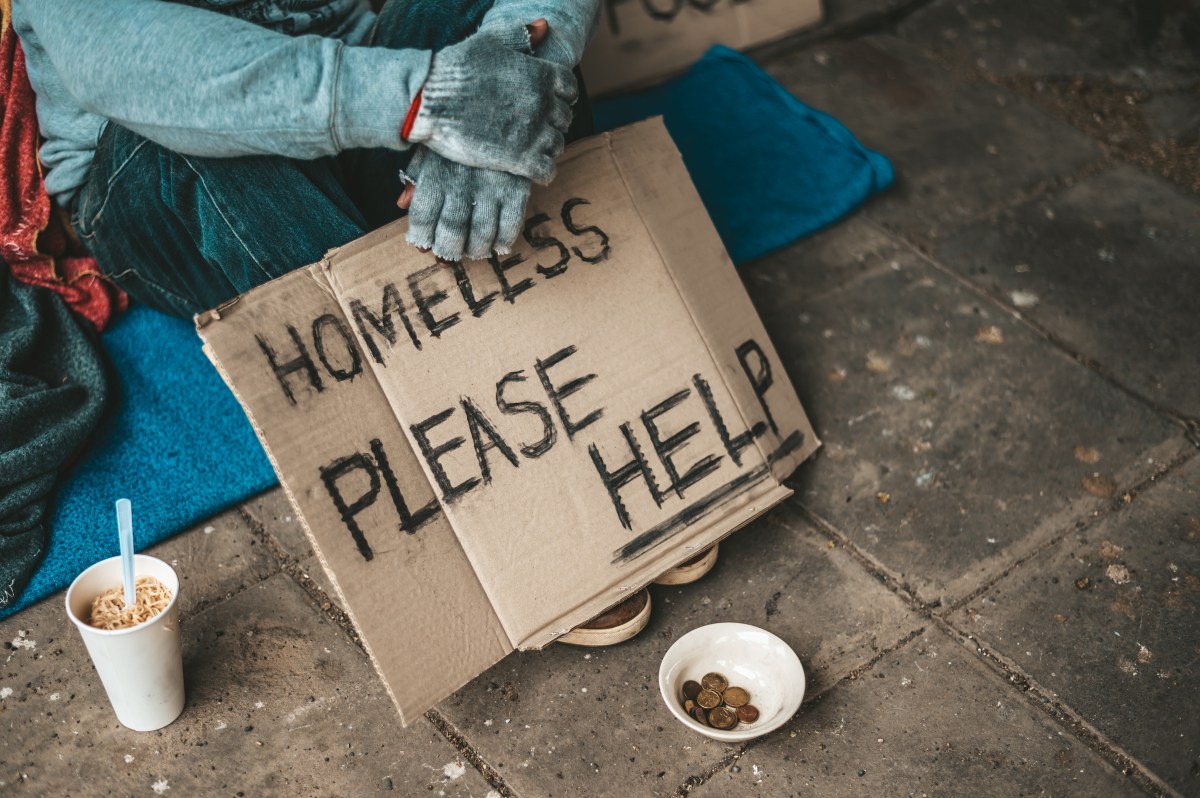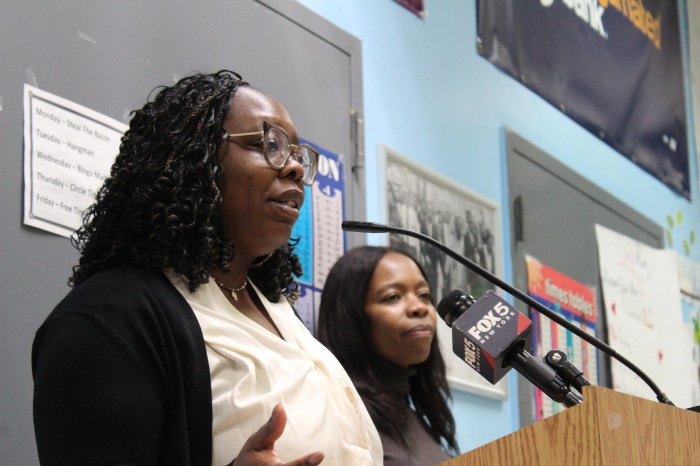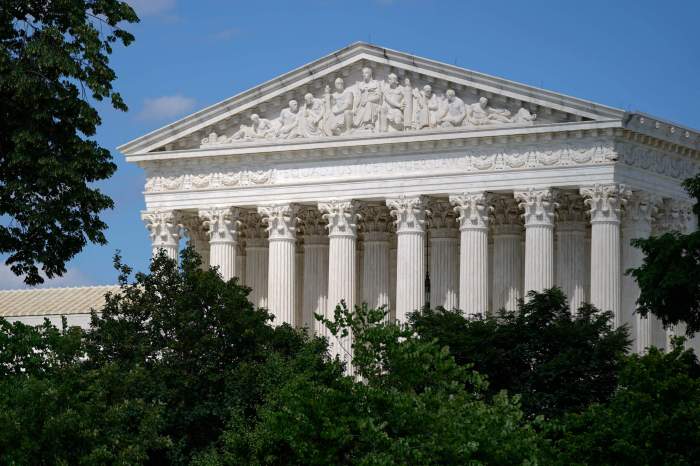The coronavirus pandemic has been a devastating time for all Americans, especially those of us in marginalized communities that already faced pre-pandemic health disparities. The COVID Tracking Project’s Racial Data Tracker estimates that African Americans have died from COVID-19 at 1.4 times the rate of white Americans.
For people living with sickle cell disease, a life-threatening inherited blood disorder, the pandemic has been even worse. The New England Journal of Medicine reports that among sickle cell patients, “risks for COVID-19–related hospitalizations and death (adjusted for age, sex, and ethnicity) were significantly higher than among the general population.” This risk is on top of the constant crises of chronic pain these patients already face.
Sickle cell disease is a life-threatening inherited blood disorder that affects over 100,000 patients in the U.S, the majority of whom are African Americans. Researchers estimate that 1 in 13 African Americans are genetic carriers, and that about 2,000 babies are born with it every year. These patients have life expectancies 30 years lower than the national average, hold extremely high rates of return to the hospital due to compounding conditions, and experience strokes at 3 times the rate of people without the disease.
Systemic barriers like racism jeopardize patient access to adequate healthcare. African American sickle cell patients have been reported to experience longer wait times to see a doctor and receive pain medication than their white counterparts. Physicians often mischaracterize them as drug-seekers simply exaggerating their pain to get their next fix. Not only is this offensive and stigmatizing, but it’s flat out dangerous for patients experiencing a very real pain crisis.
Despite the fact that the sickle cell disease was first identified more than 100 years ago, other orphan diseases such as cystic fibrosis and hemophilia with majority white patients receive significantly more funding and research. Cystic fibrosis receives an estimated seven to eleven times the research funding per patient than sickle cell receives, yet their patient population is much smaller. This has created severe knowledge deficits for both care providers and patients.
Fortunately, the news isn’t all bad. Recent promising developments in sickle cell treatment therapies focus around cell and gene based methods that could cure this cruel disease. Yet due to the systemic barriers to care sickle cell patients face, many may not even have access to these new therapies one they obtain Food and Drug Administration (FDA) approval. Over 40% of sickle cell patients receive healthcare through Medicaid and sickle cell treatment coverage varies dramatically across state lines.
It is clear that sickle cell disease treatment access is a pressing issue that we must address from both a public health and a racial justice standpoint. I stand with the Congressional Black Caucus in calling on the federal government to convene a stakeholder taskforce to advise both Health and Human Services (HHS) and the Centers for Medicaid and Medicare Services (CMS) on a coordinated federal strategy to provide for the accessibility of these treatments. We need to protect our most vulnerable patients during this pandemic and, God forbid, any future pandemics.
Sickle cell disease treatments must be accessible to all. No exceptions.
Assemblywoman Latoya Joyner represents New York’s 77th Assembly District in the Bronx.



